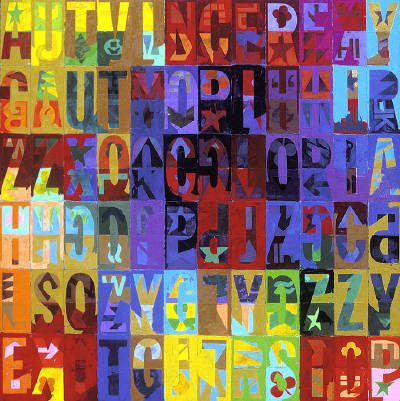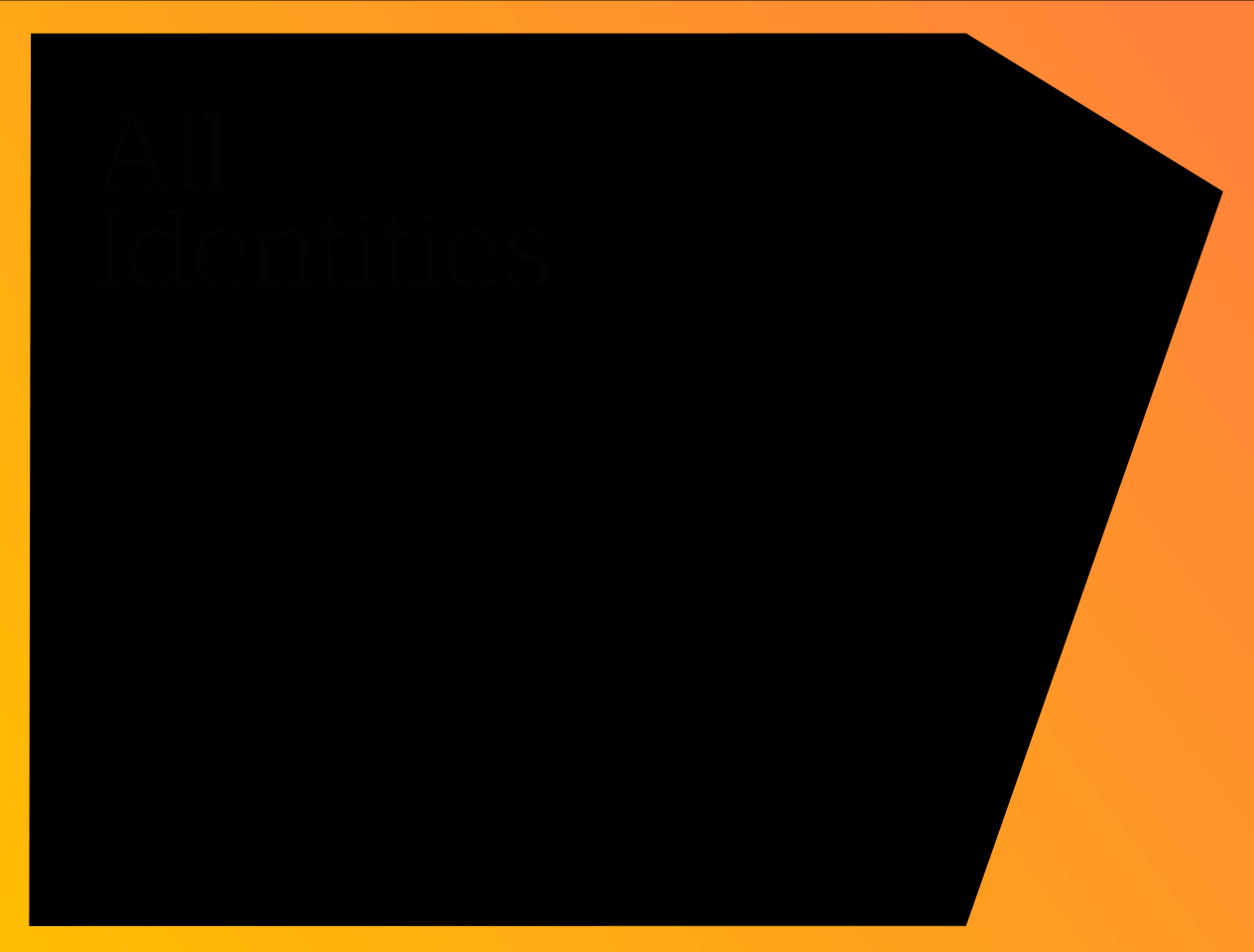Several years ago, I got a new assignment at work and suddenly found myself immersed in sustainability reporting. As I set out to learn my new job, I discovered an alphabet soup of sustainability acronyms that made my head spin on a daily basis. I tried to make sense of what the experts were saying, but the language seemed to barely resemble English. So, one of my first orders of business was to learn the key acronyms of this new discipline. It was clear to me that if I didn’t understand these, I would continue to be lost and confused a good bit of the time.
In this field, there are sustainability acronyms for everything from reporting frameworks, to environmental science, to assessors and more. But knowing what they stand for is just the first part. In many ways, it is more important to put them in context and understand why they matter in sustainability and in reporting.
While these are not nearly ALL of the sustainability acronyms, below is an alphabetical list I wish someone had given me of ten key terms (with a few bonus thrown in) along with some context:
Here are the top ten sustainability acronyms
- BSR stands for Business for Social Responsibility, which is an influential non-profit organization that works with businesses to “create a just and sustainable world.” They are a membership organization of around 300 companies from around the world. Most of the member companies are large and many are considered leaders in sustainability. BSR undertakes sustainability projects globally on topics such as energy, human rights and water. They also offer sustainability consulting services. BSR’s annual conference in the fall is a good place to learn from sustainability leaders and network with other sustainability professionals.
- CDP stands for Carbon Disclosure Project. CDP is a non-profit organization that works with companies, investors and governments to collect carbon, water and climate change data through a survey of thousands of companies around the world. The information that companies submit becomes part of a public, searchable database. CDP evaluates the information provided to them and publishes both the Carbon Disclosure Leadership Index (CDLI) and the Carbon Performance Leadership Index (CPLI). CDLI recognizes transparency in responding to their survey (i.e. answering most of the survey questions), while CPLI rewards performance (i.e. managing carbon emissions effectively). For many companies, the carbon data submitted to CDP becomes the foundation of the emissions data included in their sustainability report.
- CO2e is a way that companies report their complete Greenhouse Gas (GHG) emissions. You may already know that CO2 is carbon dioxide. The ‘e’ in CO2e stands for equivalent. In order to simplify reporting, some companies express all GHGs as one number by converting other GHGs, such as nitrous oxide (N2O) and hydro fluorocarbons (HFCs) among others, to a CO2 equivalent.
- DJSI is the Dow Jones Sustainability Index. The index tracks “the stock performance of the world’s leading companies in terms of economic, environmental and social criteria.” Companies included on the DJSI serve as a benchmark for investors who want to include sustainability factors when making decisions regarding their portfolio holdings. Being included on the DJSI is a mark of excellence in sustainability.
- ESG stands for Environmental, Social and Governance. ESG is broadly used in the investment community as another term for Corporate Social Responsibility (CSR), shared value or social performance. Generally, sustainability reports are intended to provide transparency around company ESG data as a companion to the financial data in the annual report and Form 10-K.
- The GHG Protocol is “the most widely used international accounting tool for government and business leaders to understand, quantify and manage greenhouse gas emissions.” Basically, the GHG Protocol provides a standard framework for any organization that is trying to measure, report, compare, or collect emissions data. For example it is used by CDP to collect and compare GHG data as well as by many companies as they compile their sustainability report. Bonus acronyms: The protocol is the result of a partnership between two leading Non-Governmental Organizations (NGOs) focused on sustainability, the World Resources Institute (WRI) and World Business Council of Sustainable Development (WBCSD).
- GRI is the Global Reporting Initiative. GRI is the NGO behind the GRI Framework mentioned in Part 2 of this series. The GRI Framework is the standard structure used by companies around the world to report sustainability data. This framework is the de facto standard for sustainability reporting. The GRI organization began as part of the Coalition for Environmentally Responsible Economies (CERES), another influential NGO. GRI built the framework with a multi-stakeholder approach and the framework has evolved since the first version was launched in 2000. GRI is currently collecting feedback on the fourth full iteration of the framework, G4 (the current standard is 3.1).
- KPI stands for Key Performance Indicator. In sustainability reporting, KPIs are the most meaningful elements that your organization decides to report and track and are usually used to develop improvement goals. Good KPIs will be material, measurable, improvable, and important to stakeholders.
- LCA means Life Cycle Analysis or Life Cycle Assessment that refers to measurement of the complete environmental impact of a given product or service. The purpose of LCA is to present a “cradle-to-grave” perspective on impacts from raw materials, manufacture, usage, transportation and disposal.
- UNGC is the United Nations Global Compact, a list of ten principles developed by the United Nations covering human rights, labor, environment, and anti-corruption. More than 8,700 businesses from more than 130 countries have become signatories of the UNGC to signify that they support and adhere to the ten principals. Organizations that sign on to the UNGC are encouraged to submit their Communication on Progress (COP) as a demonstration of their transparency and continued commitment to the UNGC.
If you are curious to know how we think and work – and what we might do for you – just send us your latest report and we’ll send you back a complimentary confidential analysis of the opportunities we see. No obligation to you, and possibly the start of a great conversation about something that really matters.
Emotive Brand is a brand strategy firm with deep expertise in sustainability and sustainability reporting.







